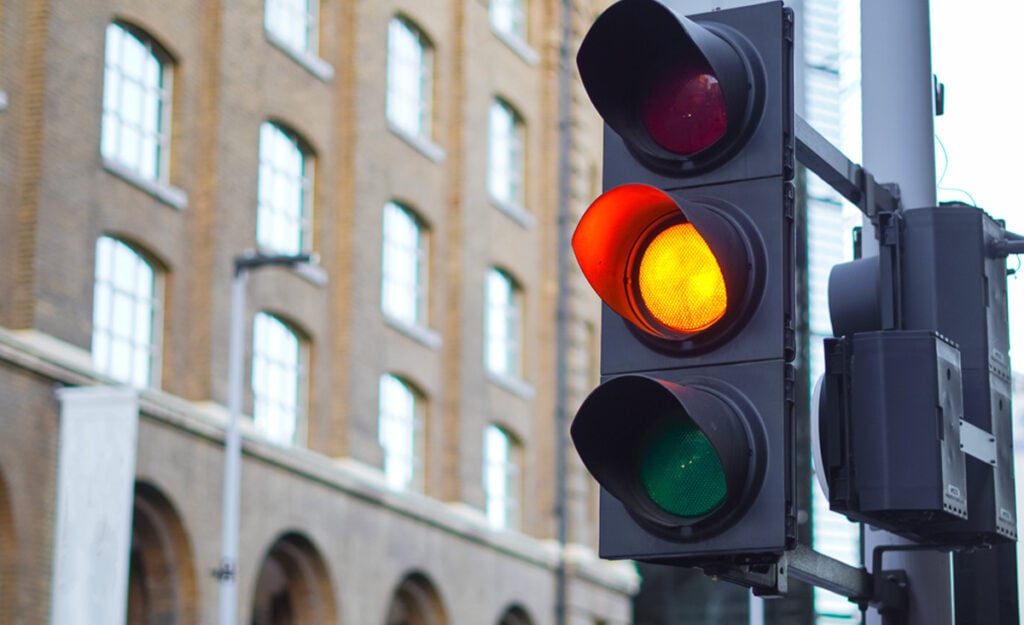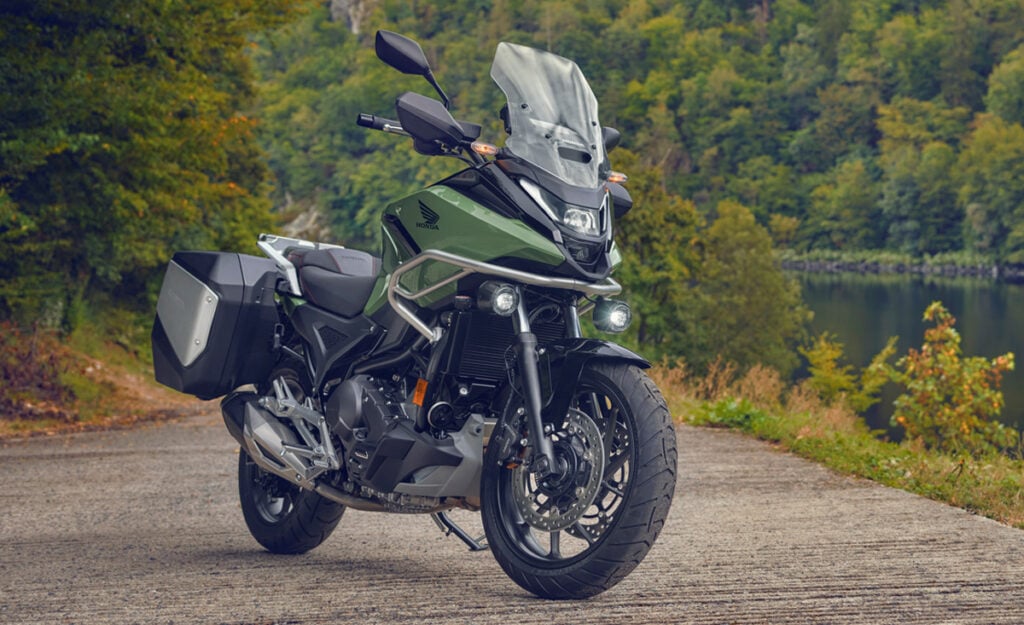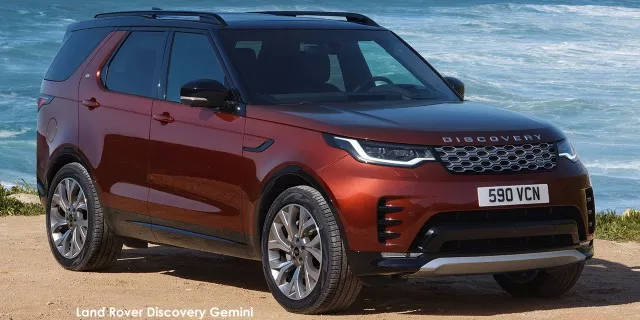How South Africans are coping with all-time-high petrol prices

Petrol prices have soared 120% in the past 25 months, and South African motorists are finding innovative ways to cope with the rising costs of living, according to Naked Insurance.
“It’s not only the petrol price bringing pain to consumers, either,” said Ernest North, Naked co-founder.
“Consumers are facing a perfect storm of higher costs for car ownership. They are paying higher interest rates on financed vehicles. The cost of servicing and maintaining a car has also increased due to global supply chain pressures and a volatile currency. And conditions like deteriorating roads, increased load shedding, and returning to the office have increased the frequency of accidents.”
“Uninsured drivers are carrying that cost themselves, while insured drivers more frequently have to pay an excess.”
North used an example of a vehicle with an average consumption of 8.0l/100km, which can be considered rather good.
In June 2020, the monthly petrol costs for this vehicle would have amounted to roughly R2,444, he said, while at current fuel prices the same vehicle costs its owner R5,348 per month on fuel spend.
“However, data from Naked reveals that South Africans are yet to make significant changes to their patterns of car ownership to reduce the inflationary pressures they are facing,” said North.
Consumer trends
Despite the high prices of fuel, South Africans have yet to start downgrading to older or smaller vehicles as the average age of a vehicle on the road is six-and-a-half years, according to Naked’s data, hinting that people are holding on to their cars rather than trading down.
Similarly, one would expect that with rising living costs and an increase in hybrid/work-from-home arrangements, more households would become single-vehicle families, but that is not the case as Naked’s data shows that the average number of cars per household has remained consistent at 1.24.
“One reason for this could be that many companies have started to call people back to the office now that the government has lifted most remaining pandemic restrictions,” he said.
As such, where South African road users are making most of their changes are with insurance and brand preference when buying new vehicles.
North said most of the country’s cars can be classified into one of the following categories:
- Higher-end vehicles – Audi, BMW, Lexus, Mercedes-Benz, Volvo
- Emerging value-for-money vehicles – Chery, Daewoo, Kia, Mahindra, Suzuki
- Traditional good value-for-money vehicles – Ford, Mazda, Nissan, Toyota, VW
- Established European value-for-money vehicles – Citroen, Fiat, Peugeot, Renault
- Niche vehicles – Everything else
The traditional value-for-money group makes up around half of the cars people are buying and insuring, he said.
“However, the [emerging value-for-money] group has increased from roughly 20% to 26% of the cars Naked customers are insuring. This shows consumers are increasingly comfortable to trust a new set of brands in their quest for value for money.”
In addition, North said that Naked’s CoverPause option that allows its customers to temporarily turn off accident cover when they are not using their vehicle has also seen an uptick in use, indicating that these drivers are spending less time on the road to save fuel.
Certain motorists have also taken the route of increasing the excess payable on an insurance claim in an effort to reduce their monthly insurance premium.
“We don’t recommend canceling your insurance cover, but adjusting your excess can offer some relief if you’re struggling to make ends meet,” said North. “However, you will need to take the risk of paying a higher excess if you need to claim.”
Naked’s data shows that this option has been one of the least popular ones for its customers, as the average excess chosen remains R4,200.












